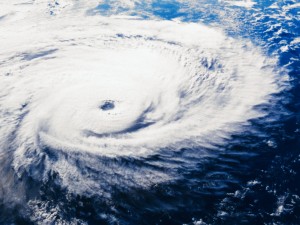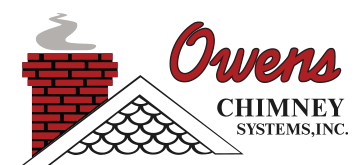The east coast of the United States has just been devastated by Hurricane Sandy. Homeowners in New Jersey and New York have come home to houses that have literally been uprooted from their foundations and slammed back down. Even if the destruction is limited, fire safety is an obvious concern when returning home after a natural disaster such as this.

Floods are particularly scary because of hidden dangers left behind. If the watermark is above your wiring, avoid using any electric devices until everything has been checked by a licensed electrician. The safest approach is to assume that all appliances and puddles are now electrically charged. If there is any question whatsoever in regard to the integrity of your electrical supply, have it checked before using.
Homeowners without power will often use power generators until their electricity has been restored. However, if the generator itself was exposed to the flood, it can be just as dangerous to use. Make sure the generator is maintained properly at all times and has not been compromised at all by the disaster before using.
If you have stored chemicals and paints, these areas must be cleaned thoroughly, especially if they are in enclosed areas. If the containers leaked, there could be a buildup of combustible fumes in the room. All containers will need to be moved to a well-ventilated area for cleanup or disposal. In addition, the room itself should be ventilated prior to and during cleanup.
Candles are frequently used in situations such as this, but this is extremely dangerous. Keep a supply of batteries, flashlights, and battery-operated candles instead. You may also be tempted to use sources such as a kerosene heater or some other alternative heating source to dry things such as clothing and furniture. This is a fire hazard and should be avoided at all costs.
